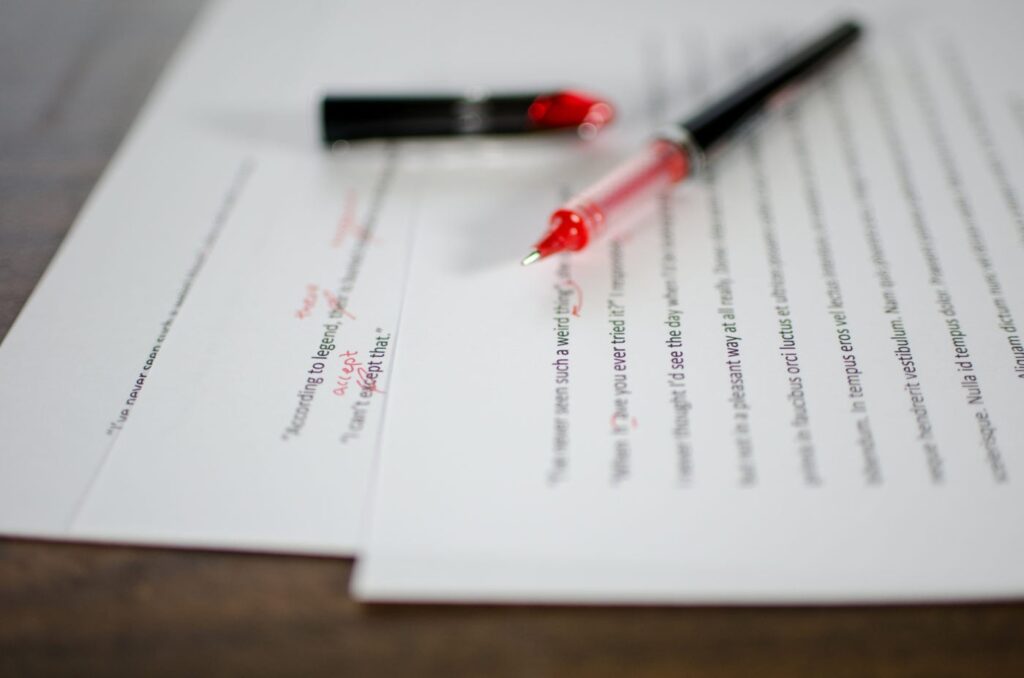1. How long have you been copy editing and what got you into it originally?
I graduated college in 1976 with what I thought was a useless liberal arts degree in English, but I managed to land a job as an editorial assistant at Family Circle magazine, in my hometown, New York. At the time, Family Circle was owned by The New York Times magazine division, and their style standards were (arguably) “gold standard.” When I took the test for the job, I felt vindicated that I had gotten that degree in English! So that’s where I got my start—from editorial assistant to proofreader to copy editor and eventually to managing editor. I spent more than 30 years in the women’s magazine field. When my husband and I retired to North Carolina, I got a part-time job copyediting/proofreading The Pilot, in Southern Pines. I guess you could say I have returned to my copyediting roots.
2. Why do papers need copy editors?
I think papers (and magazines, and news websites) need copy editors because aspiring journalists receive less training/education in the nuts and bolts of English style and grammar than people of my generation did. This is NOT to say they are functionally illiterate: not by any means! They are trained to ask the right question, focus on the facts, recognize their audience and be current on social trends and technology. So I think the role of the copy editor is to refine, clarify and polish the writers’ works; and ensure accuracy and consistency as much as possible.
3. What is your biggest grammar pet peeve?
My biggest grammar peeve concerns the misconceptions many people have about the English language: “rules” they may have been subjected to in the past, and no matter how an editor might try to debunk these “rules,” they persist. Most notably among these are the notion that you “can’t” end a sentence with a preposition; the bugaboo about “splitting infinitives” without actually knowing what an infinitive is, or for that matter, what splitting it means; and rampant overuse of hyphens because someone once told them that two words before a noun constitutes a “compound modifier”—which leads them to hyphenate things like peanut-butter sandwich and high-school student.
Thank you for letting me vent!
4. What are steps journalists can take to self-edit more carefully?
I hate to sound simplistic—but basically, journalists should closely familiarize themselves with their organization’s style manual, keep it at hand and learn to use it as automatically as they use any electronic device. I have no idea how closely today’s journalists are monitored by their higher-ups, in terms of the type of direction they are given or the standards they are held to. In my own career background, all writers and editors were held to very high standards, even though you knew your work was going to pass through copy editors, fact-checkers and proofreaders before it made it to print (or was posted online). Few organizations employ that many people these days, so you’re ultimately responsible for what you create. So you need to make a concerted effort to do that. It’s not easy to self-edit your own work; like anything else, it takes practice and consistency.
5. What is your process for editing?
In an attempt to keep this one brief, I:
- Do a quick scan/“eyeball” of every story to get the gist, make sure all the elements are there (headline, byline, pullouts, bio, etc.)
- Read for the usual grammar, spelling, punctuation, AP style/newspaper style
- Pay special attention to names, addresses, dates (i.e., fact-check)
- Confirm any questions I might have of the writer (e.g., if I think a sentence is unclear and needs to be recast, have I done this without changing the facts—is this what you’re trying to say?)
And do this all in five minutes!

